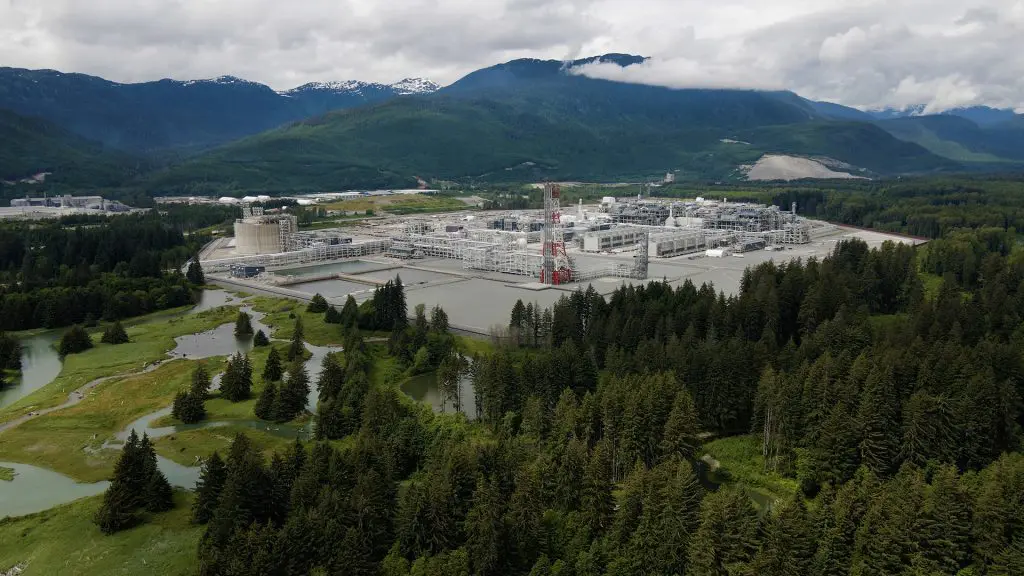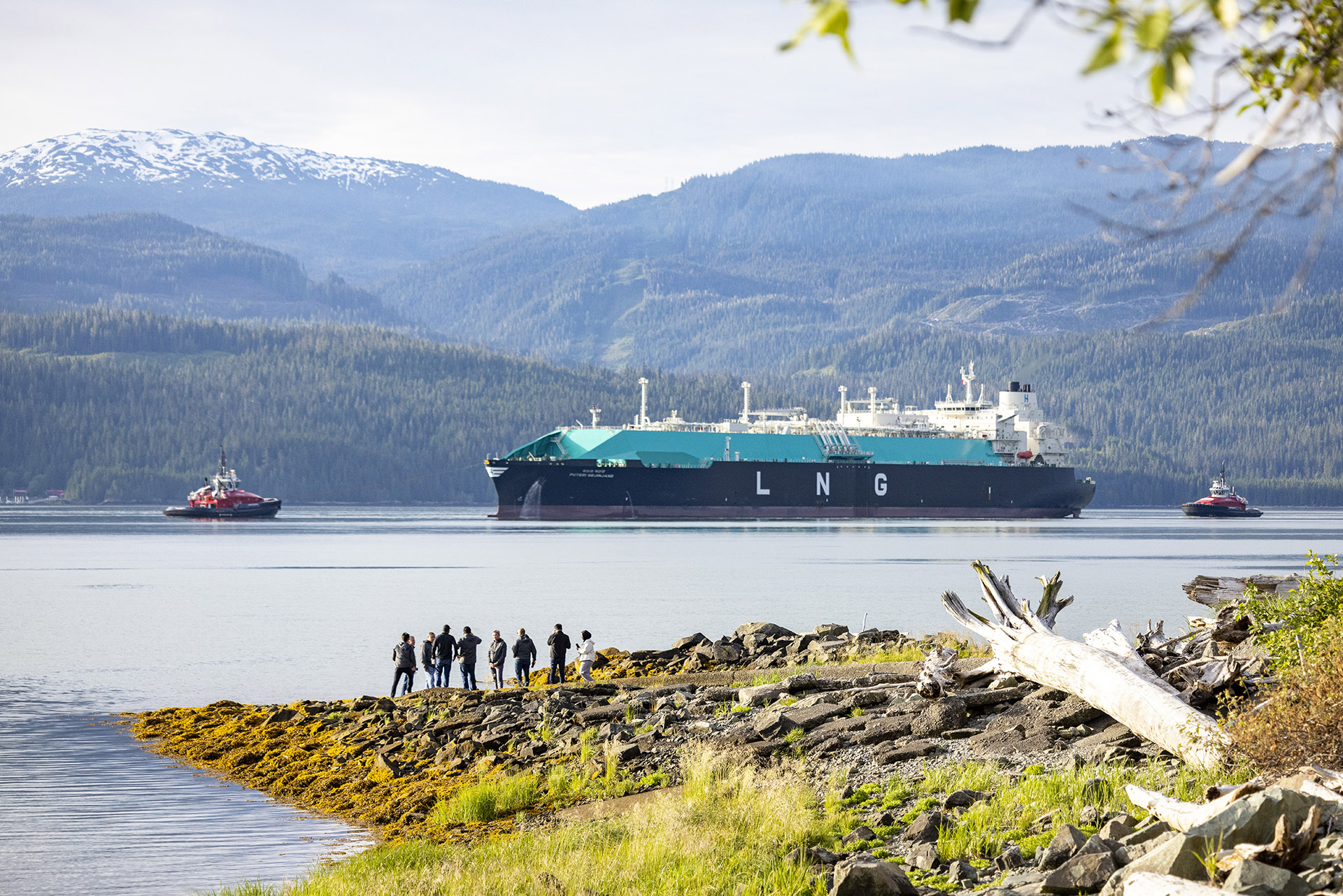This story requires a subscription
This includes a single user license.
The 174,000-cbm Puteri Sejinjang, chartered by Malaysia’s Petronas, which recently arrived at the Kitimat plant, loaded the second shipment for LNG Canada.
This is also the first LNG Canada shipment for Petronas.
The Malaysian energy giant, which holds a 25 percent stake in the project, stated on Monday that the vessel will deliver this cargo to Japan.
At 40 percent, Shell has the largest working interest in the LNG Canada joint venture.
Japan’s Mitsubishi, South Korea’s Kogas, and PetroChina are also LNG Canada shareholders and offtakers of LNG.
Shell started production at the first liquefaction train at its LNG Canada export terminal on June 22.
Moreover, the 174,000-cbm GasLog Glasgow, which is on charter by Shell, arrived at the LNG Canada jetty in Kitimat to load the first cargo on June 28.
GasLog Glasgow loaded its first cargo and departed the facility last week, marking Canada’s entry onto the map of LNG exporting nations.
The LNG carrier is expected to arrive at the Kogas-operated Incheon LNG terminal in South Korea later this month.

14 mtpa
Each LNG Canada joint venture participant will provide its own natural gas supply and individually offtake and market their respective share of LNG from the project.
All LNG produced at the facility — from day one — will be provided to Shell and the other joint venture participants.
Shell and its partners made the final investment decision on the LNG Canada project in October 2018.
Contractor JGC Fluor is constructing the first phase of the project.
One of the largest private investments in Canadian history, the plant will initially produce 14 million tonnes per annum (mtpa) LNG for export.
With a proposed Phase 2 expansion, Shell and its partners plan to double the terminal’s capacity to 28 mtpa.

